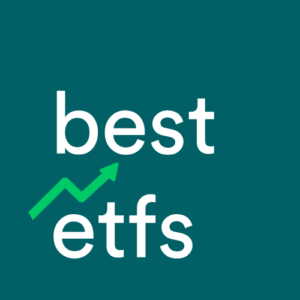We recently crunched some numbers in our database and found that SPDR S&P/ASX 200 Listed Property Fund ETF (ASX: SLF) and Vanguard Australian Shares High Yield ETF (ASX: VHY) ranked better than most ETFs in the Australian shares sector.
So what do they do?
The SLF ETF by SPDR invests in shares/securities of listed real estate investment trusts (REITs). Investors can use these property-focused ETFs to get exposure to a broad basket of trusts and companies exposed to property, including office spaces, commercial rental spaces and construction projects.
The Vanguard VHY ETF provides exposure to the largest dividend-paying Australian shares, based on market capitalisation and forecast dividend yield. It tracks the FTSE Australian High Dividend Yield Index. The index excludes real estate investment trusts (REITs) and caps the total exposure to any sector/industry at 40%.
If you want to go beyond the basics with the SLF ETF you can learn more about it by reading our free review.
Obviously, an easy way to analyse ETFs like VHY and SLF is by using quantitative methods and judging the fees and past performance (note: past performance is no guarantee of future performance).
At Rask Australia and Best ETFs, our team scores ETFs and funds based on the management fees and we take into account the buy-sell spread and other costs. We’ll then compare these ‘all in’ fees and costs across sectors, strategy types and providers to get a sense of fees across the entire market.
To make this article easier to digest, we’ll just study the fees or ‘management expense ratio’ (MER). Using data for December 2021, the SLF ETF has an MER of 0.40% while the VHY ETF had a yearly fee of 0.25%. So, VHY wins on this metric. Keep in mind, a more useful metric to know is the fee quartiles that these ETFs find themselves in (note: quartile 1 is best). Meaning, we take all the Australian shares ETFs in our database and divide them into 4 quartiles, based on their fees. For example, any ETF which has a fee below 0.3% would be considered in our first (best) quartile.
Performance analysis
Performance is important. Keep in mind, performance isn’t everything — and past performance is not indicative of future performance. It’s just one part of a much bigger picture. The reason we say performance is not everything is because of volatility of financial markets and the economy from one year to the next. Some ETFs and funds can put in a good return one year just to generate poor returns the next time around. That’s why we prefer three-year or seven-year track records over one-year track records. It can smooth out the temporary performances caused by external factors. Both ETFs have achieved our three-year performance hurdle. As of December 2021, the SLF ETF had an average annual return of 12.34%. During the same time, the VHY ETF returned 14.83%.
Now we need to scrutinise the issuer or provider of the ETF. There are too many factors that go into our internal scoring of fund providers to detail here — here’s the quick version: As you guessed, the issuer of the SLF ETF is SPDR. SPDR ranks highly for our scores of ETF providers and issuers in Australia. We think SPDR is one of Australia’s top 10 ETF providers for advisers and institutions, and its ETFs on the ASX provide good exposure to particular financial markets for retail investors. VHY’s provider is Vanguard. Vanguard ranks highly for our scores of ETF providers and issuers in Australia. We consider Vanguard to be in Australia’s top three ETF providers for retail investors, advisers and institutions.
Next steps
To keep reading about these two ETFs, be sure to visit our free SLF ETF report or VHY ETF review.
In summary, the VHY ETF ranks better against our internal scoring methodology but not by much compared to SLF.
Please, keep in mind, there is much more to picking a good ETF. That’s why you should now use these skills to find the best ETF you can. If you want the name of our team’s top ETF pick for 2022, keep reading…




